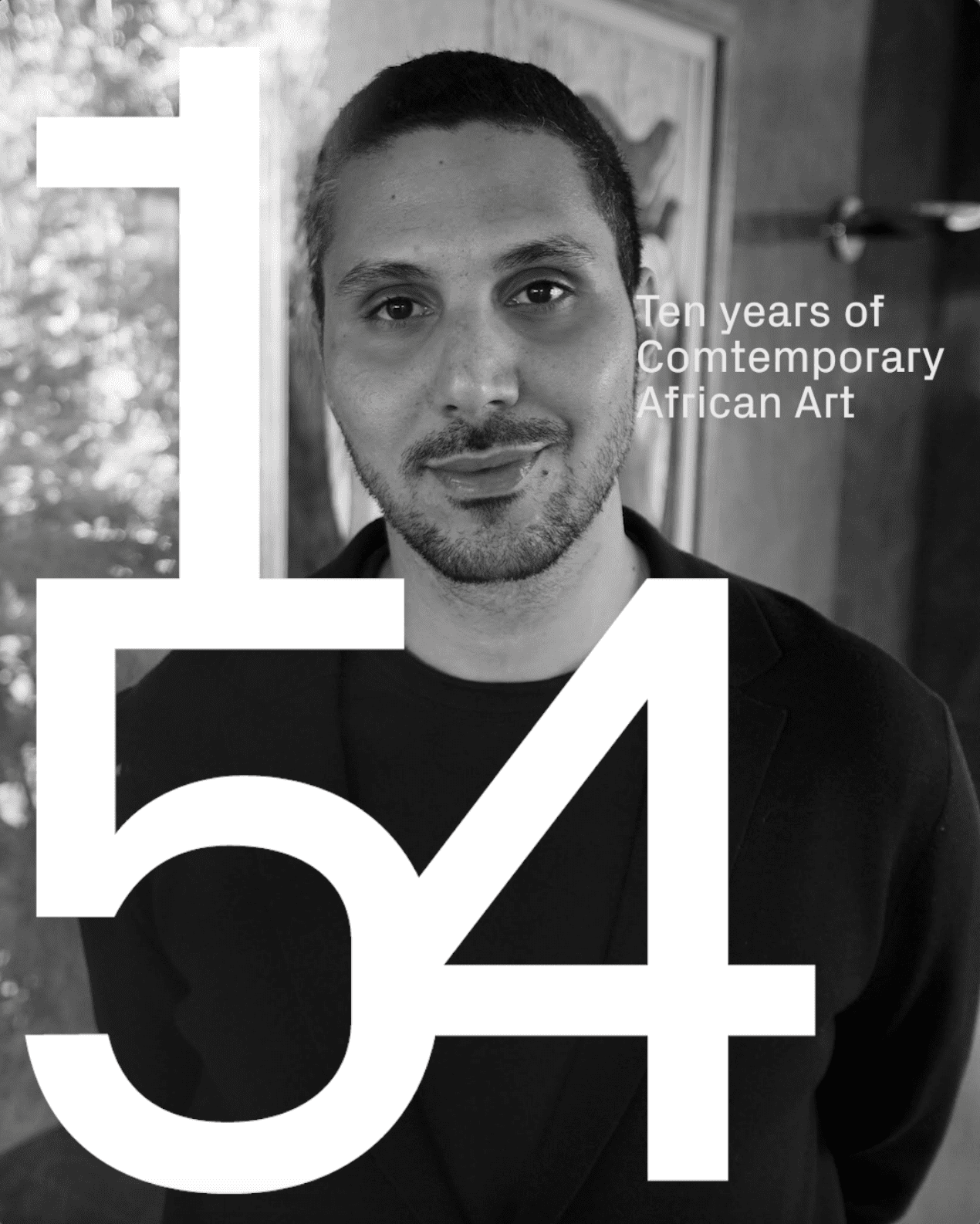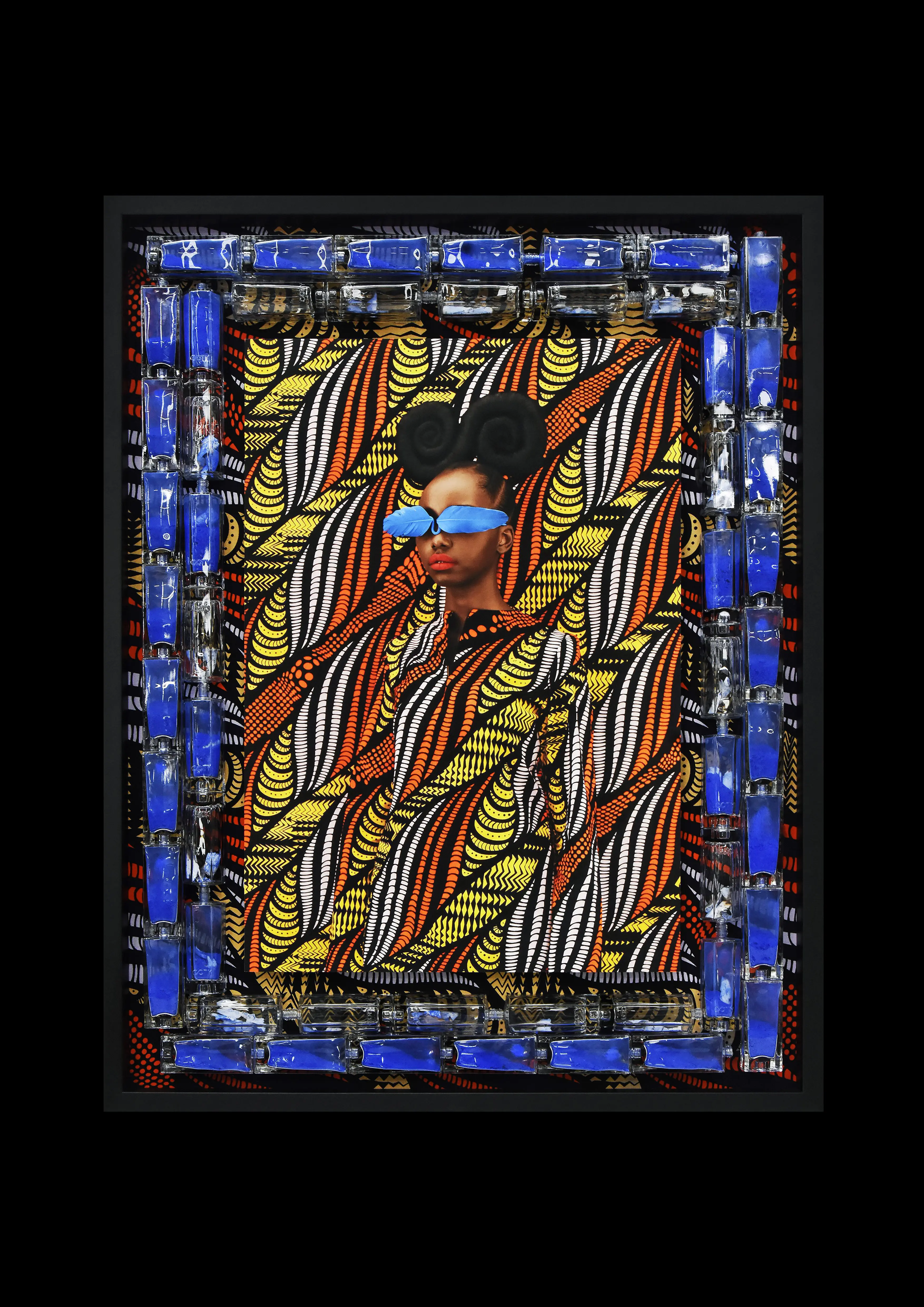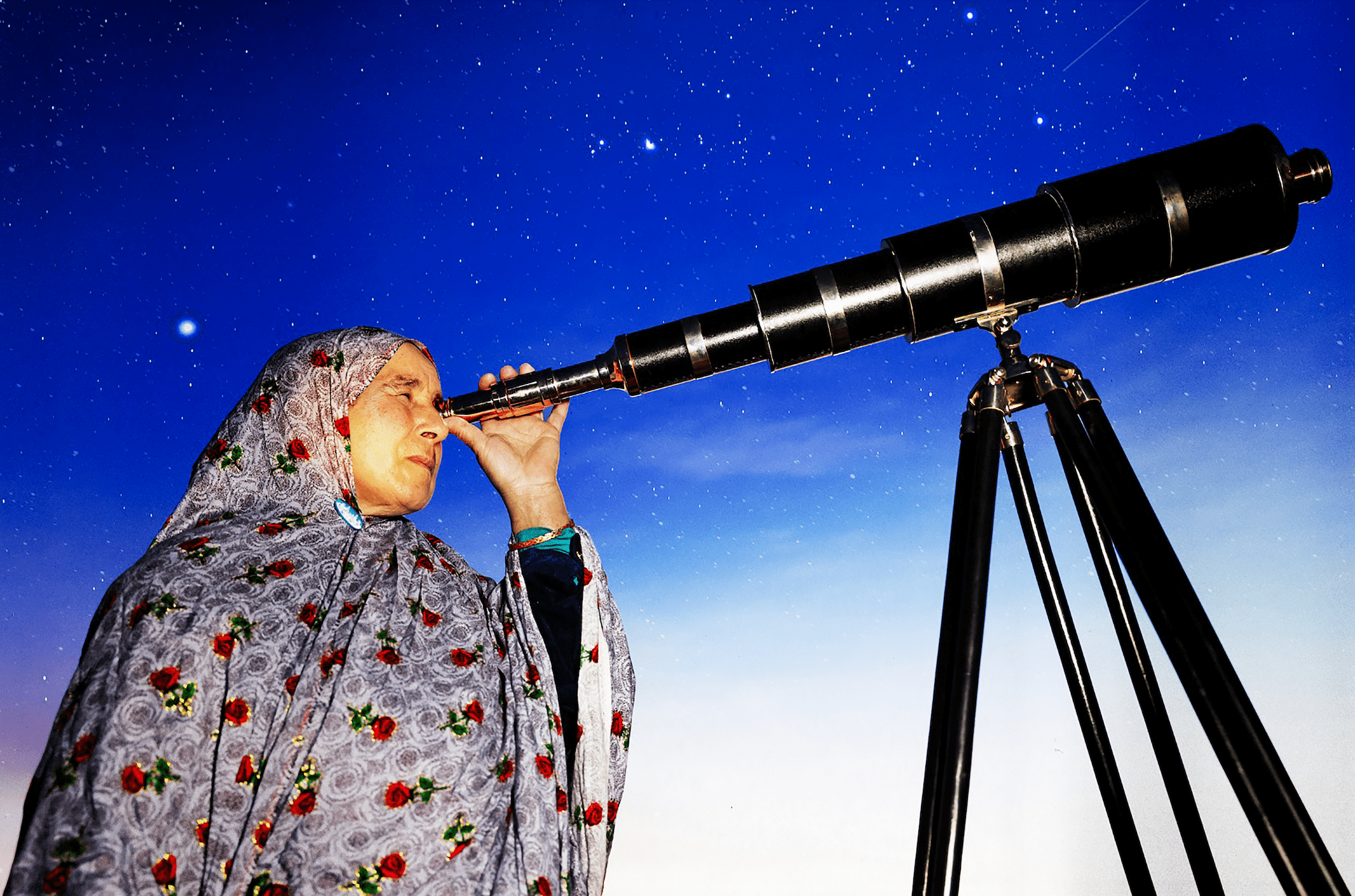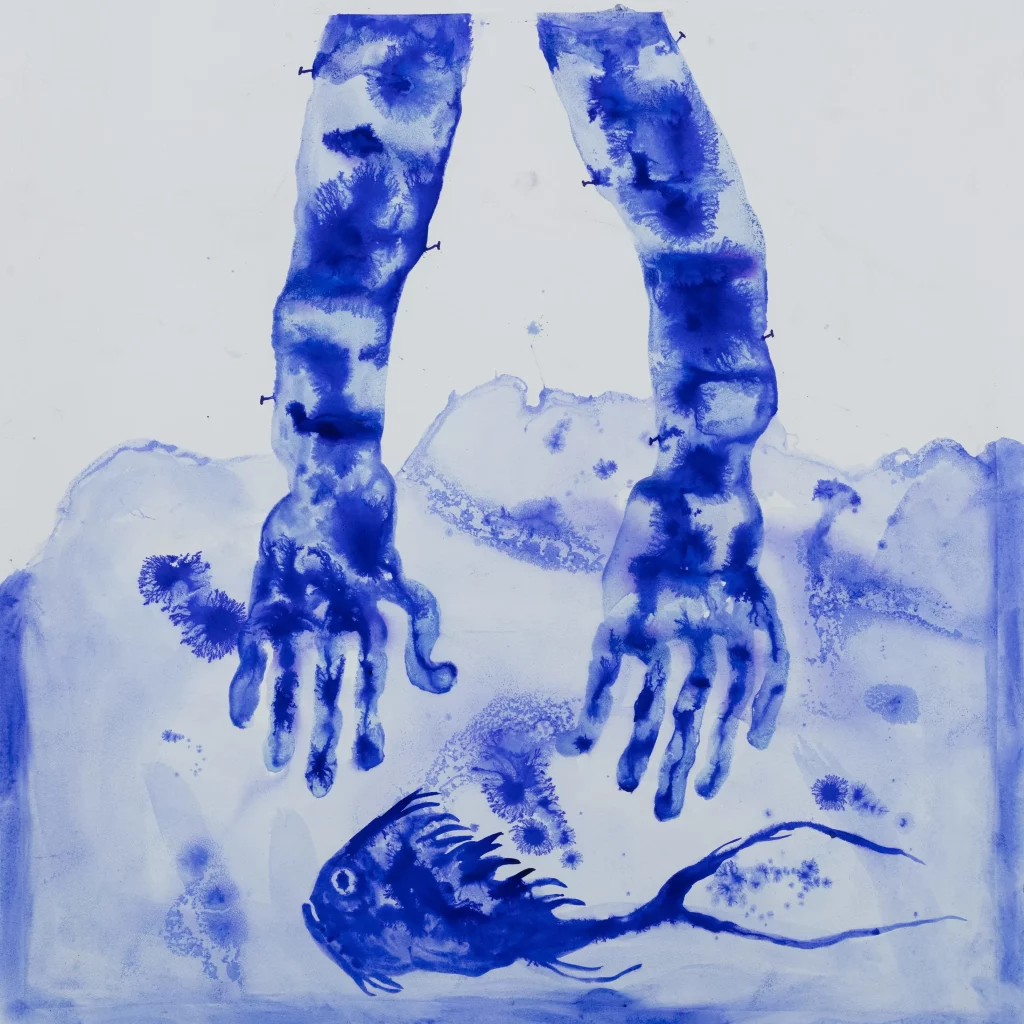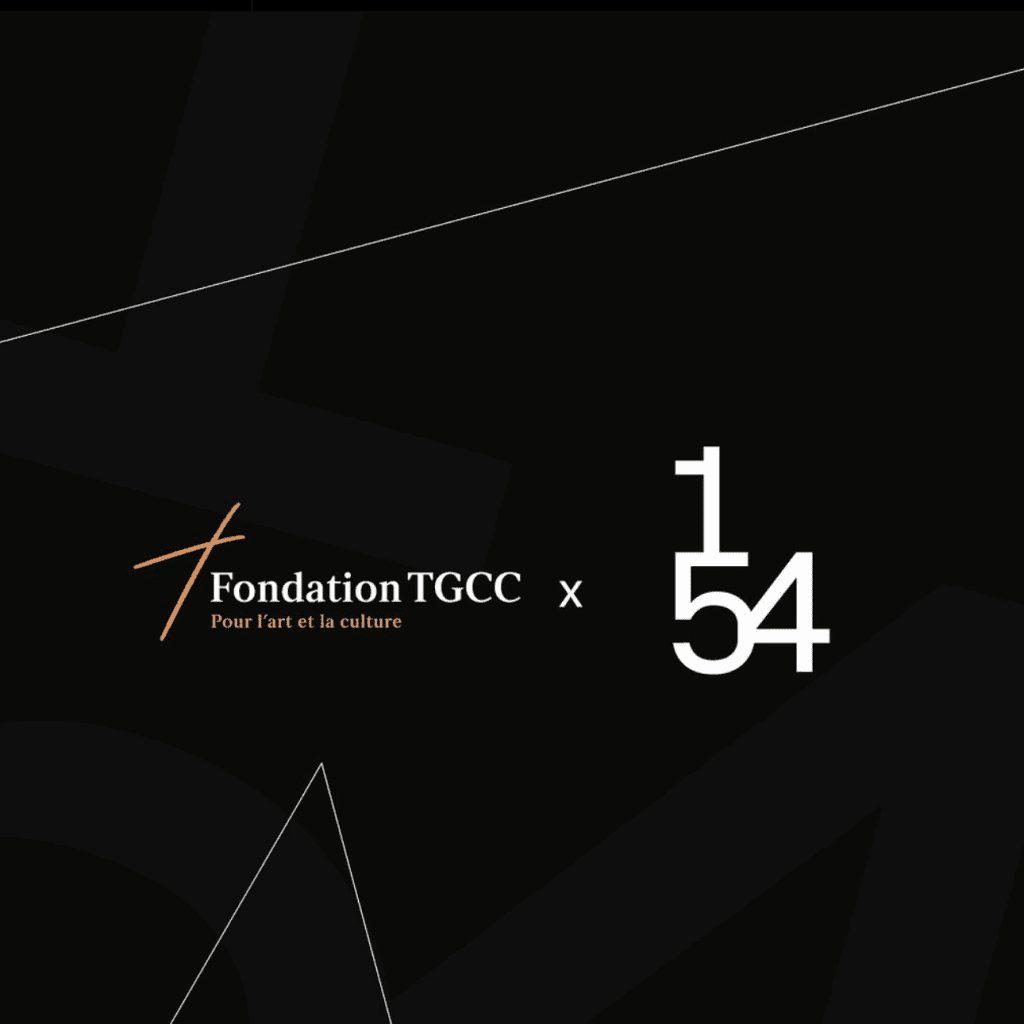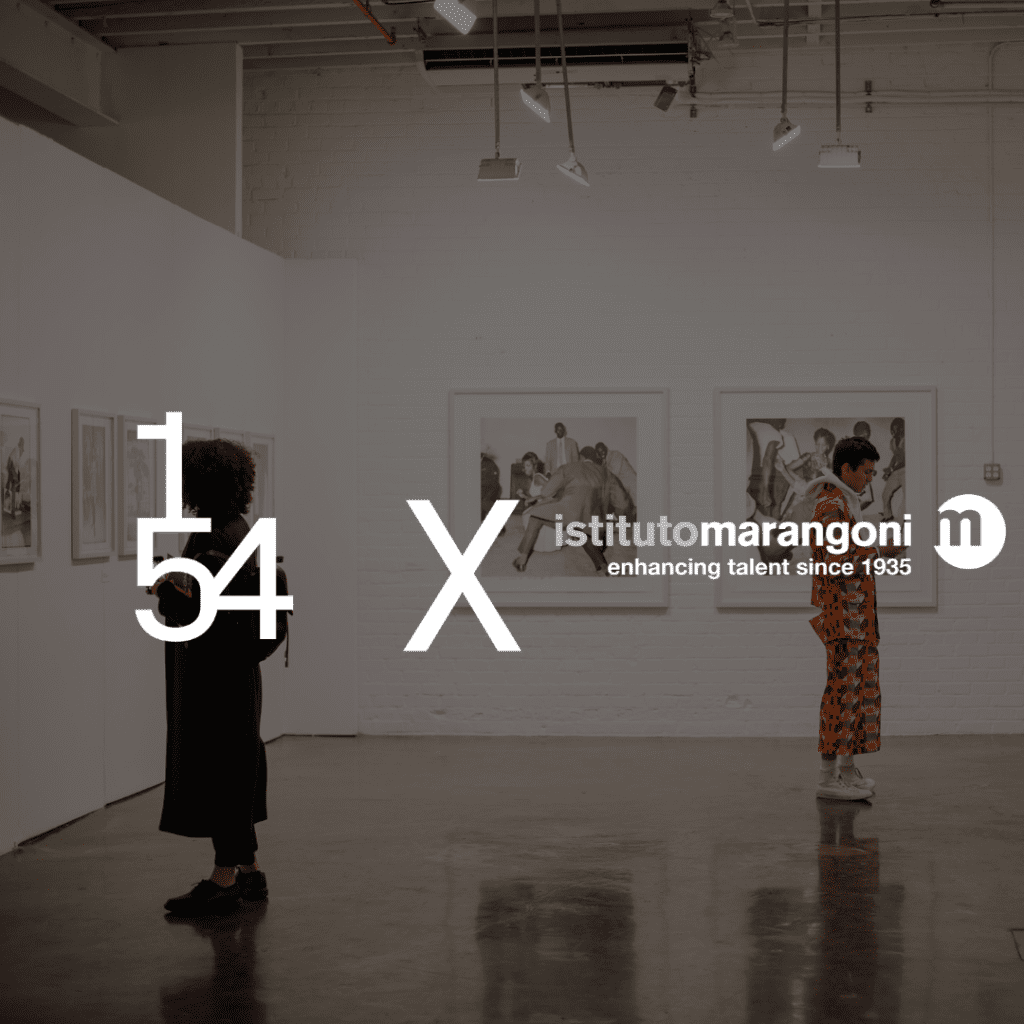“The relationship that 1-54 has with all the African actors is very human. This is like a big family that we are proud to be part of.“
Othman Lazraq
In 2018 you internationally launched MACAAL in Marrakech and we were pleased to inaugurate the first edition of 1-54 in the continent simultaneously. Do you think our presence is needed in the continent as much as it’s needed in western countries?
Touria El Glaoui, the founder of the 1-54 fairs in London, New York, Marrakech and Paris, is a long-time friend but above all a partner and a precious ally. We have worked together for several years on various projects. It was in partnership with her that we launched the first edition of Marrakech Art Week in 2018, which has become a must-see event of the international art season. This was our first big partnership together, a real pleasure and the beginning of a fruitful collaboration. Regarding your presence on the African continent, I’d say more: it’s even more needed than in the West! Of course there is a symbolic part. By moving to Marrakech, you have become an international fair for Africans IN Africa. The first and only one! This helped to positioning Marrakech as a true cultural hub. Moreover, some countries already had a more or less structured art market, but you have contributed to creating and solidifying a pan-African art market.
How did you start collecting contemporary African Art, and what led you to purchase your first piece?
I grew up surrounded by art as my parents have been collectors of modern and contemporary art for as long as I can remember. I have seen our collection grow and become richer and diversified over the years. Being in a family where art was at the center of our living, it became natural. Artists regularly had dinner at home, many became close friends. It instilled in me a true passion for the Art in general and developed my eye for it pretty early. Collecting came a bit later when I was able to purchase my first artwork with my first salary. Since then, I have been obsessed with Art. The first artworks I bought were two photographs by Leila Alaoui, from her series Les Marocains (The Moroccans). Leila was a dear friend of mine, I was literally with her the day she left for the Atlas Mountain to shoot this series and the day she came back. I experienced the before and after story of this series!
These are monumental portraits that represent the Moroccan people in a sober yet profound way. Humble people who are the face and guarantors of our culture and traditions. I was astonished by the beauty of the faces she captured, you could literally feel the emotion in the works. They were and remain very special for me.
“MACAAL is a showcase, a door that allows young people to make themselves known, to legitimise their work and their careers.”
Othman Lazraq
MACAAL is a museum of the future because it showcases African creativity and purposely fosters emerging artists, engaging communities, educating the youth and the elders on contemporary African art. Do you think you reached your goal with MACAAL?
When we created MACAAL in 2016, we had three main objectives: showcase African creativity, foster emerging artists, democratize access to art & engaging communities. We were the first museum of its kind on the continent and now, after 5 years of existence, we have exhibited more than 200 artists from Africa and its diaspora, we organized 13 exhibitions indoors, more than 20 total, we have added more than 150 works to our collection. MACAAL is a showcase, a door that allows young people to make themselves known, to legitimise their work and their careers. It is also an incubator of talent. Some of them were even exhibited in the museum at the very beginning of their careers. In 2019, we created a artist residency for them work on their projects in peace and under good conditions and a bootcamp in 2020 with the aim to equip young African leaders in the contemporary and visual art sector by learning from the best practitioners in the field.
To democratise access to art, we make engaging exhibitions and organize workshops and multiple events throughout the year. We want to raise public awareness of contemporary African art by breaking the codes of traditional museums and developing a dynamic and lively museum accessible to all. We have put in place initiatives such as the Passerelles Programme which introduces young people to art through workshops and museum visits, Couscous & Art Fridays, free couscous lunches for people of Marrakech, encouraging them to visit the museum. We also organised two open-air photographic exhibitions in the medina of Marrakech as well as performances in Jemaa El Fna Square to reach out to these audiences.
Today, the museum is internationally known and recognised as both an important museum of contemporary African art and a young, dynamic and welcoming cultural space. A real living space that we call home. We can always do more and we are working hard to continue to do so. But yes, I believe that so far we have achieved our goals.
How would you describe 1-54? And what do you think was the impact of 1-54 on the contemporary African scene?
1-54 is a forerunner in its field and was able to gather and retain an international community of creative people interested in the African contemporary ecosystem. It is now an unmissable event in the sector!
It is also our first showcase because it concentrates the best of African creation. And this is a unique opportunity for galleries and artists to make themselves known beyond their borders. Moreover, the relationship that 1-54 has with all the African actors is very human. This is like a big family that we are proud to be part of.
This fair has transformed and structured a growing market at the right time. For me it has always been a reference.
“We want to raise public awareness of contemporary African art by breaking the codes of traditional museums and developing a dynamic and lively museum accessible to all.”
Othman Lazraq
Since the 2010s, 1-54 grew and expanded – in Europe, North Africa, and the US. At the same time, we saw the rise of international galleries dedicated to contemporary art from the continent, and we witnessed the success of your institution – the first-ever museum in North Africa displaying contemporary African art. In 2022, what do you wish for? What are your hopes for contemporary African artists in the future?
My dream is to join forces with all the advocates of contemporary African art (foundations, institutions, galleries and curators) in order to create a platform that defends, supports and promotes art from our continent, on the continent. I want us to work hand in hand, unifying our voices to build a strong and engaged base. Beyond being a universal language, art is a liberating platform in which there are no boundaries. Creating a large network in Africa will give the next generation of artists, critics and curators from the continent the chance to develop and secure their dreams in their homeland while making their initiatives durable. And for artists in particular, that they be totally independent, be able to live fully from their passion and no longer be labelled, put in boxes but be part of a common future, that of the art of their time.
Check out the video here.
